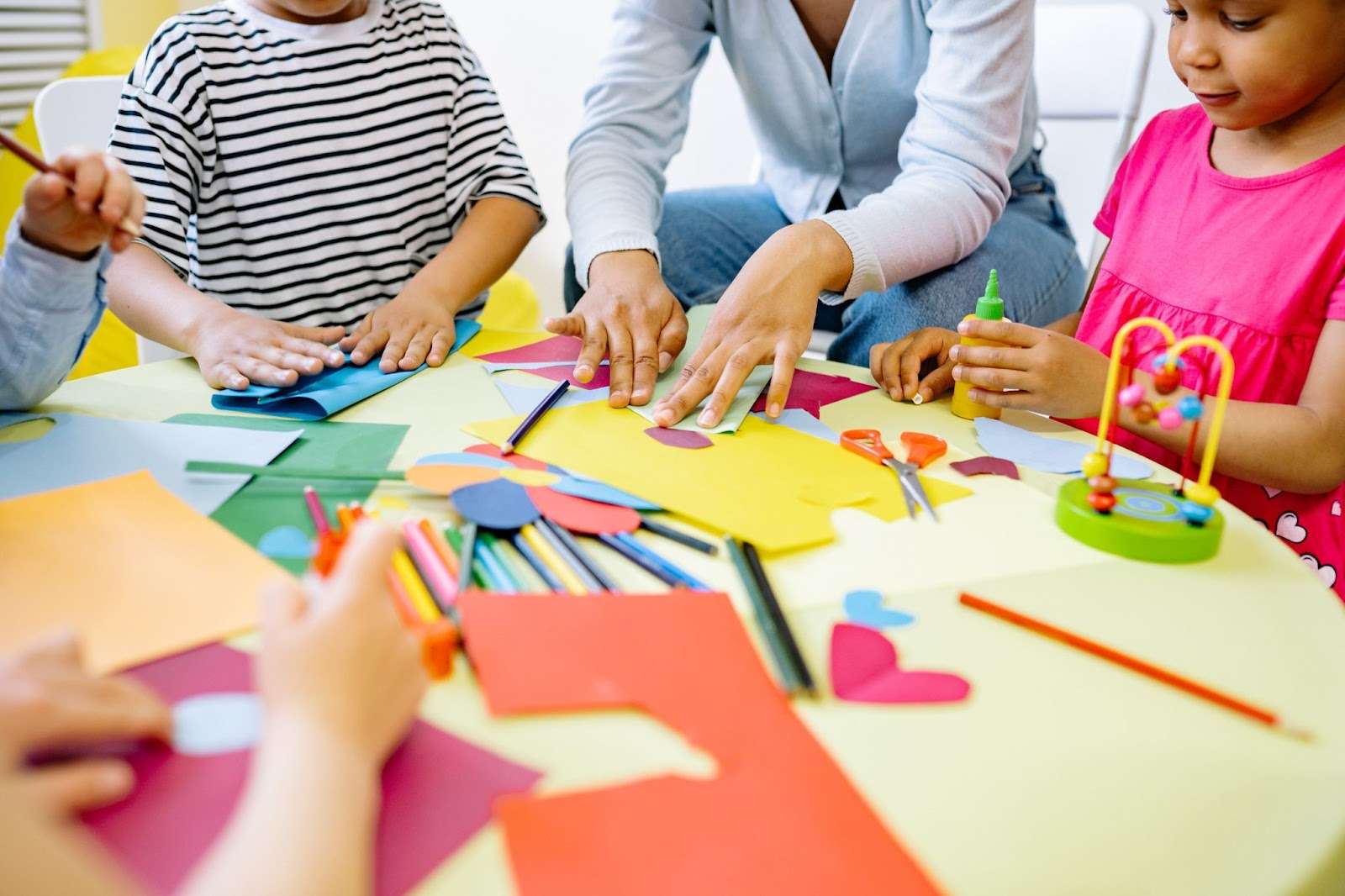
Introducing kids to the world of art can be an exciting and rewarding journey. Art not only encourages creativity but also helps develop essential skills like coordination, problem-solving, and self-expression. Whether you’re a parent, teacher, or caregiver, you don’t need to be a professional artist to nurture a child’s artistic potential. Here are 10 fun and easy ways to teach basic art skills to kids that will help them discover the joy of creating.
1. Let Them Explore Different Mediums
Kids love variety, so give them a range of materials to experiment with. From crayons and markers to watercolor paints and clay, allowing children to try different tools will help them understand texture, color, and form. You can even get creative with unconventional materials like fabric scraps, leaves, or recycled items. The key is to make the process as fun and exploratory as possible, without worrying about the “right” way to use the medium.
2. Start with Simple Shapes
Start teaching basic art skills by breaking down complex pictures into simple shapes. For example, teach kids how to draw a cat by starting with circles for the head and body and triangles for the ears. This approach helps children understand structure and proportions. Using shapes also makes drawing less intimidating and more accessible for young learners. You can even create a game where they identify and draw objects using only basic shapes!
3. Encourage Free Doodling
Sometimes, the best way to foster creativity is to give kids the freedom to doodle without restrictions. Provide them with paper and let their imagination run wild. Doodling is an excellent way for children to practice hand-eye coordination, experiment with line work, and develop their personal style. The goal is to show them that there’s no wrong way to express themselves, fostering confidence in their own artistic abilities.4. Teach Color Theory with a Fun Experiment
Introduce children to the basics of color theory through an interactive experiment. You can start by mixing primary colors—red, yellow, and blue—to create secondary colors like orange, green, and purple. Kids will love the process of seeing how colors change and blend together. Use simple tools like paper plates or plastic cups for mixing, and allow them to paint their findings on a canvas or paper. This is a hands-on way to learn about colors and also practice fine motor skills.5. Play with Texture
Introduce children to the concept of texture by creating “texture rubbings.” Place a piece of paper over various textured surfaces like coins, leaves, or fabric, and then rub the side of a crayon over the paper. This activity teaches kids about the tactile quality of materials and helps them understand how textures can be represented visually. It’s a simple yet fun way to explore texture in art while allowing children to connect art with the world around them.6. Storytelling Through Art
Combine art with storytelling to make the process even more engaging. Ask children to create a picture or series of pictures that tell a story. This could be anything from a day at the zoo to an imaginary adventure. This teaches kids about narrative art, sequencing, and how visuals can communicate ideas. Plus, it encourages them to think critically and expand their creativity beyond the paper.7. Use Art to Teach Basic Patterns
Kids naturally enjoy patterns, and art provides a fantastic way to teach them. Start with simple repetitive designs like stripes, zigzags, or polka dots. You can even create fun pattern-based activities, like making stamped patterns with potato stamps or bubble wrap. Teaching patterns through art helps children develop fine motor skills and an understanding of rhythm, balance, and repetition—important aspects of both art and math!8. Introduce Collage Making
Collage is an excellent medium for beginners, as it encourages creativity without the need for advanced technical skills. Give children a variety of materials—newspapers, magazines, fabric scraps, buttons, and more—and let them create their own collage masterpieces. This activity allows kids to experiment with composition, color, and texture while also developing their creativity. You can even introduce themed collages like nature or animals to add an educational twist!9. Embrace Nature as an Art Resource
Nature is an endless source of inspiration for children’s art. Take your little ones outdoors to gather leaves, rocks, flowers, and twigs. They can use these items to create nature-inspired art or even make sculptures and prints. This allows kids to connect with the natural world while learning basic art skills. Plus, it provides a great opportunity for outdoor learning and exploration.10. Create Collaborative Art Projects
Sometimes, the best way to teach art is to make it a team effort. Organize collaborative art projects where kids work together on a single piece. Whether it’s a mural on butcher paper or a large collage, working together encourages kids to communicate, share ideas, and compromise. It’s also a great way to develop social skills and foster a sense of community among young artists.Teaching basic art skills to kids doesn’t have to be complicated or expensive. With a little creativity, you can provide them with a world of exploration and fun while helping them develop key skills that will serve them throughout life. Whether they’re experimenting with colors, shapes, or textures, every art activity is an opportunity for growth. So grab your art supplies, let the kids’ imaginations soar, and enjoy the magical process of learning through art!

